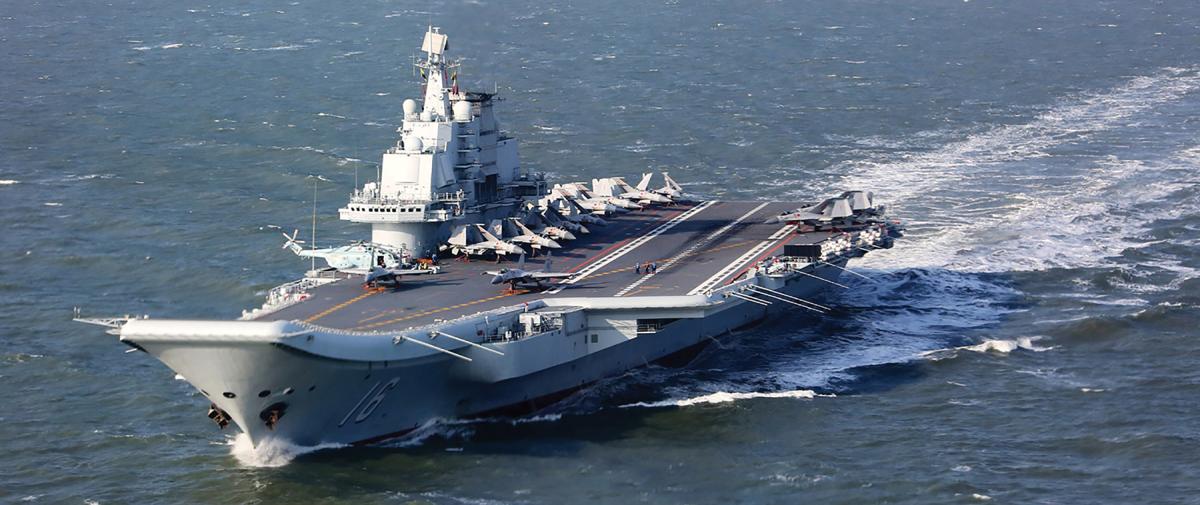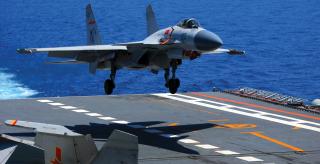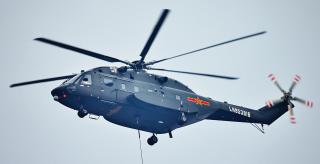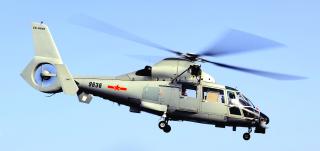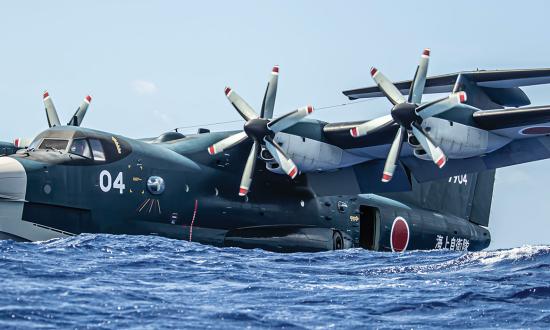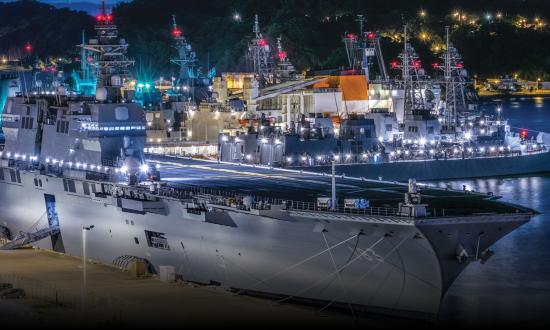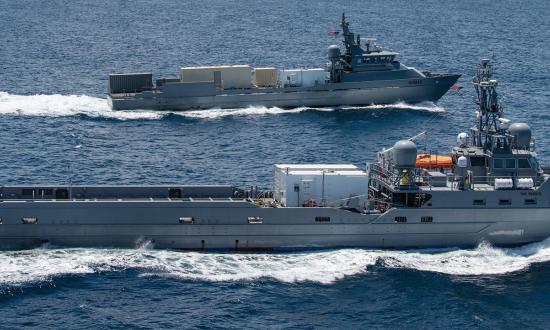The People’s Liberation Army Navy (PLAN) has made great strides in developing aircraft carrier operations since it commissioned its first carrier, the Liaoning, a decade ago. The ship began life as an Admiral Kuznetsov–class carrier that was under construction when the Soviet Union collapsed. The ship was sold by Ukraine in 1998, ostensibly to a Macau-based corporation to be used as a floating casino and hotel, but, in fact, as the first step in a process that led, over many years and through a long voyage around the Cape of Good Hope, to the Chinese government acquiring the ship and completely refitting it as an operational navy ship. The domestically built Type 002 carrier Shandong, derived from the Liaoning, was commissioned in 2019. And a third carrier, the as-yet-unnamed Type 003, is reportedly going to be launched sometime this year.
Like their Russian counterpart, the Liaoning (60,000-ton displacement) and Shandong (70,000 tons) use a ski-jump launch system, though the Type 003 reportedly will employ an electromagnetic launch system similar to that on the U.S. Navy’s Gerald R. Ford class. (A satellite image of the Type 003 under construction appears on p. 21.) Unlike the Russian ship, the Chinese carriers did not retain the “missile cruiser” capability to launch antiship cruise missiles. According to Naval Technology, the ships’ only missiles are carried for antiair self-defense.
For all the progress China has made in a short time, its carriers still possess some significant weaknesses. For organic air-to-air refueling, in particular, the carriers’ J-15 fighters must be pressed into service with “buddy stores.” But the J-15 is reportedly the heaviest naval fighter in service anywhere, and the Type 001 and 002’s ski-jump launch systems limit payloads compared with high-speed catapults. With so few fighters onboard, pressing several into duty as tankers is likely a significant diminution of a carrier’s combat power.
In the next few years, the PLAN is expected to deploy the KJ-600, a visual near-twin of the Grumman E-2 Hawkeye, though its performance is unknown and its use will be limited to the catapult-equipped Type 003.
The PLAN is expected to get new fighters as well. The naval version of the FC-31 5th-generation aircraft, which bears some similarities to both the U.S. F-22 and F-35C stealth fighters, first took flight this past fall, according to The War Zone. It remains to be seen whether that aircraft will enter service, but improved versions of the J-15 are said to be in the pipeline as well.



